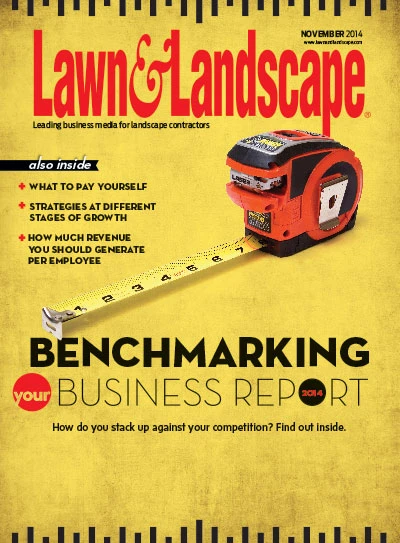|
|
As we embark upon another snow season, your crews are busy prepping equipment, greasing connections and making sure that your salt bins are filled. While equipment maintenance is a critical component in winter season prep, professional snow and ice managers must not overlook how important it is to prep your crews. Have you provided the necessary training your folks require before they hit this season’s storms? More importantly, can you prove that you provided that training? If you haven’t done both, you could be setting yourself up for trouble – legal trouble. More often than not, a lack of proper training results in litigation based on claims filed against your company that could have been avoided. Minimum training required for the employees of snow and ice management companies, as set forth by the System Requirements for Snow and Ice Management, an American National Standard, Document number ANSI/ASCA A100-2014, includes: a) Proper dress and personal safety precautions f) Proper staking of properties g) Proper reporting procedures for the contractor’s company h) Company’s safety plan as it pertains to safe operations in the event of an incident i) Proper emergency response j) Basic remote equipment repair during an event Most importantly, document this education and verify – in writing – that it was completed by employees. Keep this documentation on file through the statute of limitations, and check with your attorney on how long that is in your state. Training not only ensures quality service and happy clients, but also protects you, your company, your insurance provider and potentially your client in case of an unfortunate event. To read more on training, turn to page 102 and find out how you can use education as a tax deduction. |
Get curated news on YOUR industry.
Enter your email to receive our newsletters.
Explore the November 2014 Issue
Check out more from this issue and find your next story to read.
Latest from Lawn & Landscape
- Project EverGreen helps revitalize Milan Park in Detroit
- Trex Company wins Product of the Year, Judges’ Choice Winner at Environment+Energy Leader Awards
- General Equipment & Supplies in Fargo adds Takeuchi equipment
- Mariani Premier Group acquires Hazeltine Nurseries
- EnP Investments adds Mark McCarel as Northeast territory sales manager
- Our April issue is now live
- Ready or not
- Tribute to an industry guru







